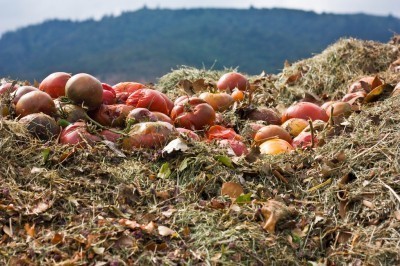






There has always been much discussion among gardeners and horticultural professionals as to the question, “Is it ok to compost tomatoes?” or, more specifically, spent tomato plants. Let’s take a look at a few arguments against composting tomato plants and a discussion on the best way to compost your tomato plants should you choose to do so.
Once the gardening season has ended, there can be a great number of old tomato plants left lingering. Many gardeners feel that it’s essential to return the plants to the soil through composting. Others deem it far too risky when it comes to a possible spread of disease. Here are some reasons why many gardeners choose not to place tomato plants in compost:
Now that you have some of the reasons not to compost your tomato plants, you may be wondering about appropriate times when to compost tomatoes, if there are any. The answer here is, yes.
Gardeners can compost tomato plants as long as the plants don’t have any bacterial or fungal diseases. Spotted wilt virus and curly top virus will not survive on a dead tomato plant for long, so plants with these viruses can be composted.
It’s also best to break the dead plant material into smaller pieces before placing it in the compost pile. Proper compost pile management is essential to breaking down spent tomato plants.
In order for a compost pile to do its job, it needs to be properly layered, kept moist and have a constant internal temperature of at least 135 F. (57 C.).
The base layer of any compost pile should be organic material such as garden wastes, clippings, small twigs etc. The second layer should be animal manure, fertilizers or starters, which will get the internal temperature up. The top layer should be a layer of soil that will introduce beneficial microorganisms to the pile.
Turn the pile when the temperature falls below 110 F. (43 C.). Turning adds air and mixes material, which helps with the breakdown.
Copyright © www.100flowers.win Botanic Garden All Rights Reserved